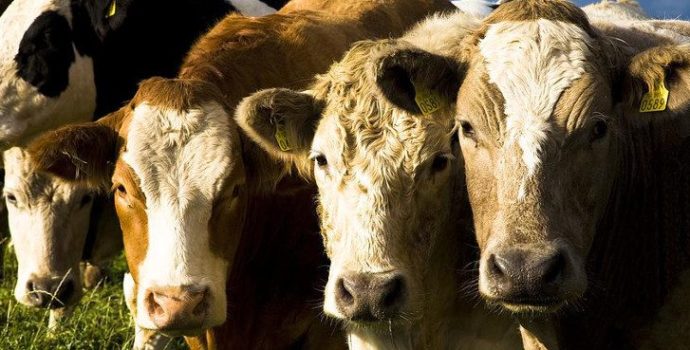How Does Liquid Contract Affect Autumn Calving?

Two 10-12 week blocks of calving, commencing in early February and early October, is an appropriate structure to match winter supply and contracts for most liquid milk farms.
However, the relative proportion of the herd calving in each block depends on level of liquid contract. Table 2 estimates these numbers for a 100-cow herd.
At low liquid milk contract levels (25% or less), calving about 15-16 cows in autumn is sufficient. This raises practical issues in terms of managing small groups, particularly for with a total herd size of <100 cows.
Calving 32-35 cows in autumn will meet a 50% liquid contract. Note the compact spring calving, meaning that the contribution of ‘stale’ (Apr-May calving) cows to December-January supply is negligible. This is efficient practice.
For ≥70% liquid contract, it becomes more difficult to calve compactly at the optimal times while still meeting daily supply requirements. Autumn calving moves to 55 cows and should start in mid-September, with late spring calving kept to a minimum as before. With this
pattern, August/early September milk supply may fall below daily targets on the individual farm, but it is argued that the benefits of block calving to the farm should be recognised in such circumstances.




